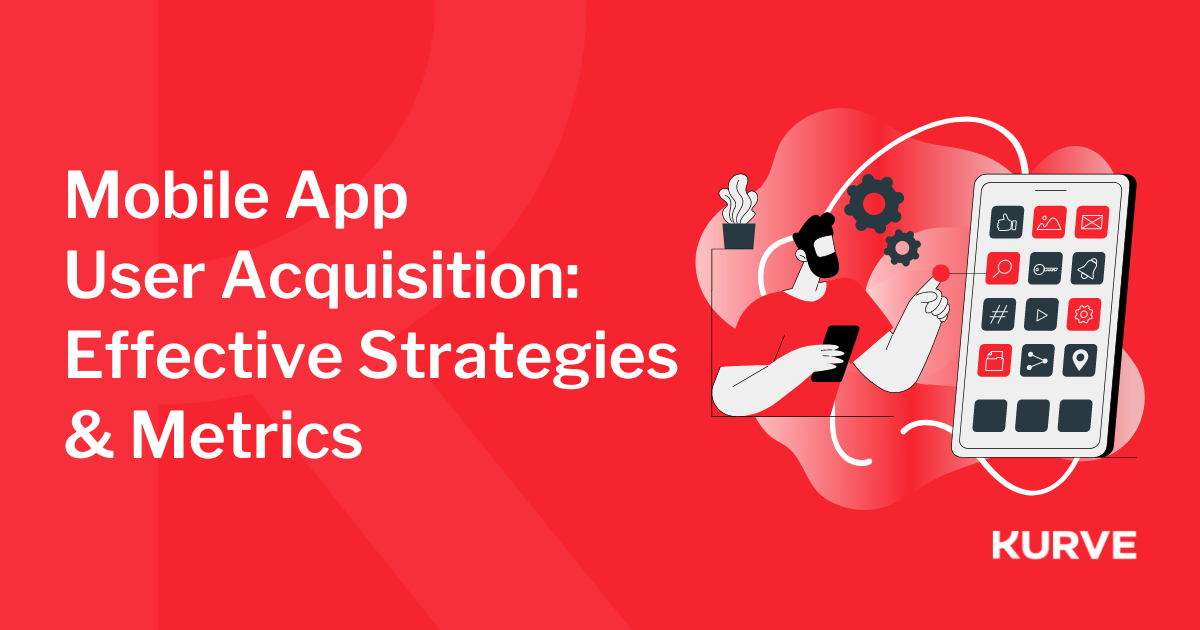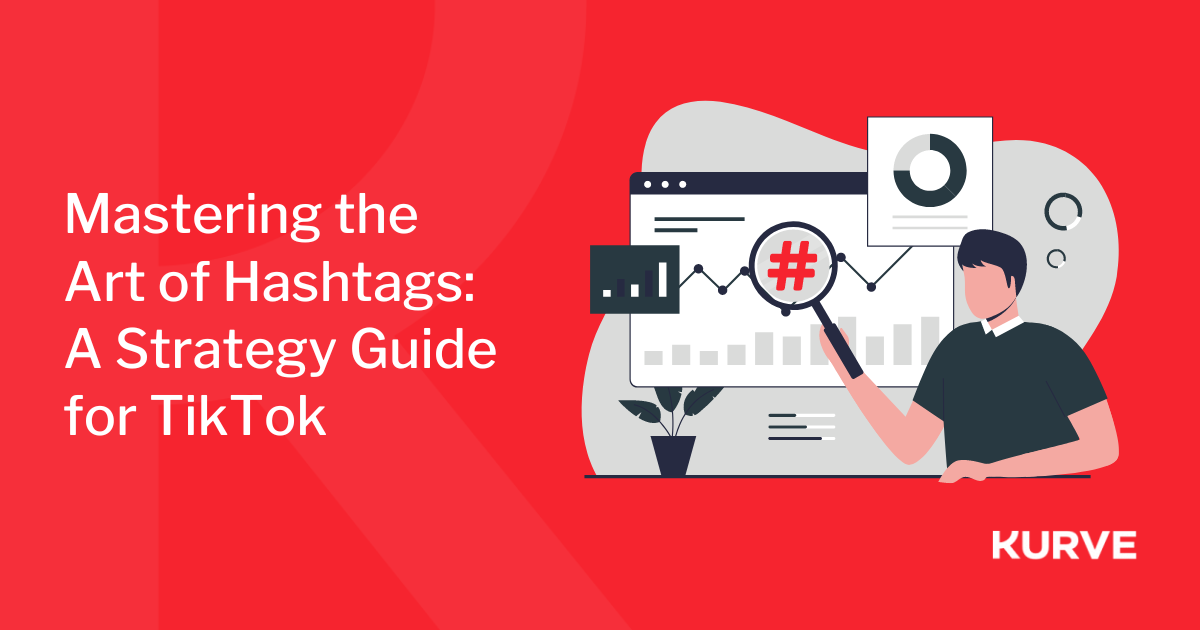Lagging Indicators vs Leading Indicators
When are leading indicators vital?
In this section I will outline three scenarios where leading indicators are critical. Some of these ideas are outlined in useful table format by Intrafocus .
When lagging KPIs are long-term, so you need one or more leading indicators to make sure you’re on track at all time.
Say you want to increase revenue but sales cycles are cyclical. Additional leading metrics like number of leads in sales pipeline - or number of calls and meetings with prospects needed to close enough deals - can help measure progress towards the end result and make necessary adjustments on the way, instead of waiting for 6+ months without any indications.
When new processes are implemented, leading indicators can serve as benchmarks for the ongoing progress.
Implementing changes in a company isn’t easy and takes time. For example, you’re applying new policies for handling high-priority incidents with customers. Leading indicators like percent of open incidents older than 24 hours, or average backlog per agent, can give you a clearer picture of the success you’ve been able to achieve.
Complex and difficult-to-quantify lagging KPIs are best tracked with more specific leading metrics.
Greater employee satisfaction is a good example. First you need to define a strategy for how you want to secure a good result. This can vary widely depending on your business, but some valuable metrics to track may include employee goals alignment, information availability, or the service/product cover ratio.
Summary
A combination of both lagging and leading indicators is necessary when developing a performance management strategy. Leading KPIs for one department are often lagging KPIs for another. There’s an important cause and effect chain between them. A lagging indicator with no leading indicators gives us no indication of how to achieve the result we desire, and a leading indicator with no lagging indicator may make us feel good about keeping things busy, but provides no indication that progress is actually occurring. Understanding this correlation, and how these work together simultaneously helps us establish better metrics to track the progress towards our ultimate goals.
An Introduction to Lagging and Leading Indicators
By default, entrepreneurs are competitive and hate to lose. Constantly seeking success, they meticulously measure progress through increased sales, return on investment (ROI), customer and employee satisfaction, and speedy company growth. These important Key Performance Indicators (KPIs) define what success looks like for CEOs and startup founders. A strategic vision of where your startup is going is paramount to performance management, but knowing how to get there is equally significant. Leading and lagging indicators are two groups of metrics that can influence or lead us to our primary goals.
Lagging Indicators
Lagging indicators are the end result - the outcome of our strategy and efforts. They’re easy to measure and tell us how we’re doing as an organisation, but in most instances hard to directly influence or improve. The aforementioned primary KPIs are most likely to fall into this category.
Leading Indicators
In order to proactively manage our enterprise success, to notice early warning signs and take decisive action while there’s still time, a different type of measurement is required. Leading indicators are predictive, in-process metrics which describe how CEOs and founders see their startups achieve set goals. These indicators are easier to influence, but harder to measure.
Focusing on the road ahead vs. looking in the rear-view mirror
Jim Schleckser, author of the best-selling book, Great CEOs Are Lazy , makes an interesting comparison with lagging indicators as looking in the rear-view mirror of a car. “ They [lagging indicators] are in the past and you can't do anything now to change them. Yes, they are an important part of measuring how successful your business is and how far you've come. But they won't help you avoid hitting the potholes still ahead of you. ” Lagging indicators are historical; they can only record what has already happened. These are after-an-event metrics, crucial for charting progress, but somewhat useless when attempting to influence future performance - apart from their role as a reference point. Are lagging KPIs important? Of course they are. But they only paint part of the picture. Using the same car analogy, you need to keep your eyes on the road in front of you, peering through the windshield. Only the leading indicators will provide you with a reliable roadmap that helps you identify where to go next, instead of just looking back at where you’ve been. The predictive power of leading indicators can be outright remarkable. By monitoring these metrics you create opportunities to take early corrective actions whenever something goes off track. Leading indicators are harder to determine as they’re predictive in nature, and therefore cannot guarantee successful results. This is why many founders focus on the lagging indicators.


